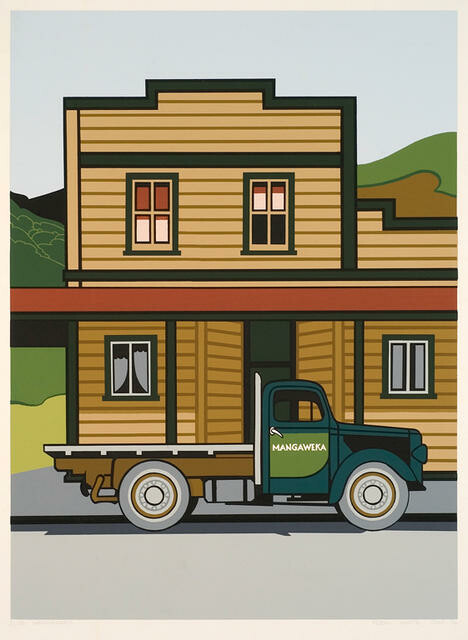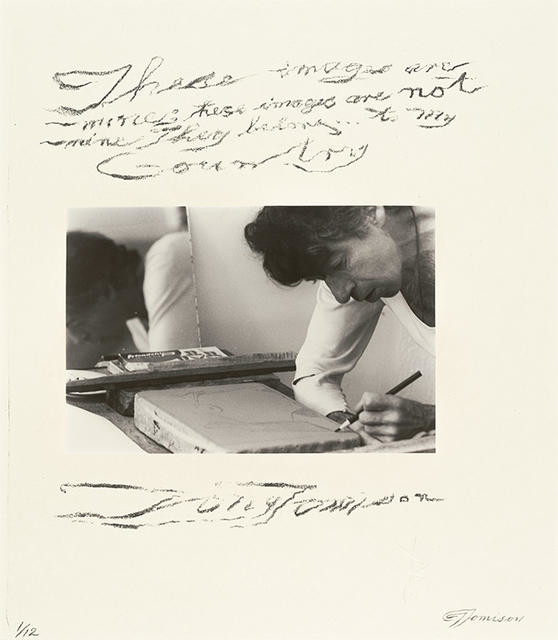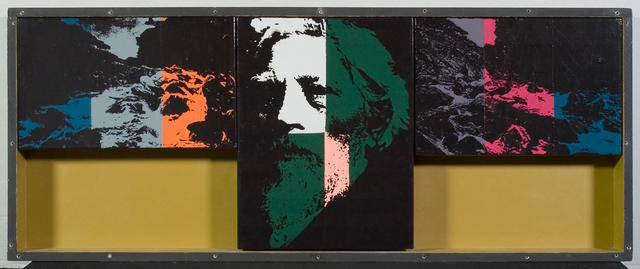Printmaking Techniques
By Rebecca Ogle
An artist's print is an orginal artwork, not to be confused with a coloured reproduction such as those used for posters, calendars, books and placemats. An original print is often produced in a limited edition and always numbered and signed by the artist's freehand.

Grahame Sydney Joe 90’s Bed 1981
Aquatint - developed in 18th Century to create areas of tone. Particles of acid-resist resin powder are dusted onto the metal plate which is heated to fix the powder to the plate. The plate is then put into an acid bath where the acid eats into the spaces between the resin particles making grooves for the ink to lie in. Ink is tranferred on damp paper by pressure of press.

Marian Maguire Attic Volute Crater, 1779, Depicting Scenes from the Odyssey of Captain Cook 2005
Lithograph - developed in 19th Century. Image is drawn onto a smooth slab of stone with greasy oil based inks pencils and crayons. The stone is dampened with water and resists the oil marks. Ink is rolled onto the stone and adheres to the drawn and painted areas and is repelled by the wet areas. Paper is placed on top of the stone and transferred using a lithographic press.

Robin White Mangaweka 1974
Screenprint - developed in 20th Century. The image is drawn, stencilled or photo transferred onto a fabric mesh screen. Areas where the ink is not wanted are masked with an appropriate resist. Paper is put under the screen, and with a sgueegee, the ink is pushed through the unmasked areas of the screen.






